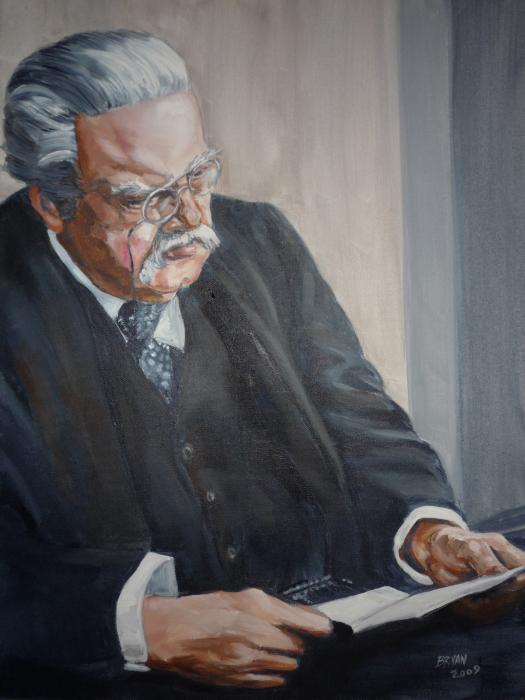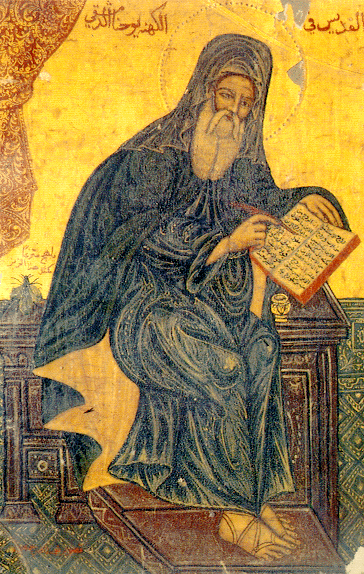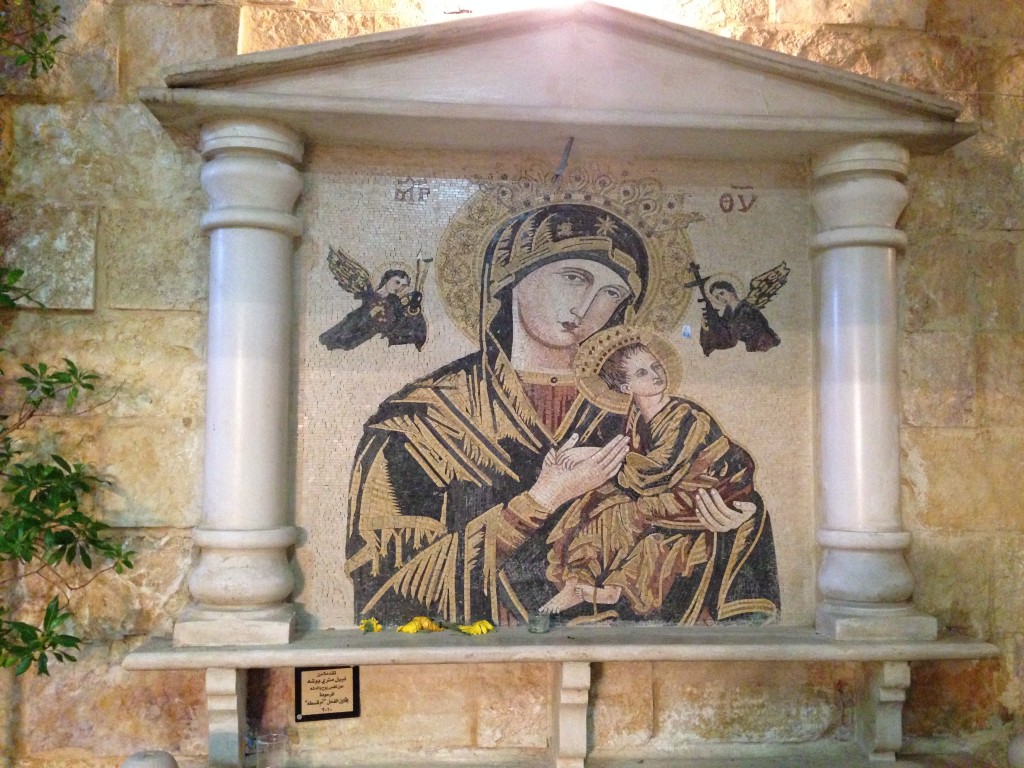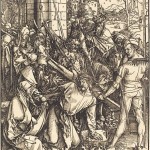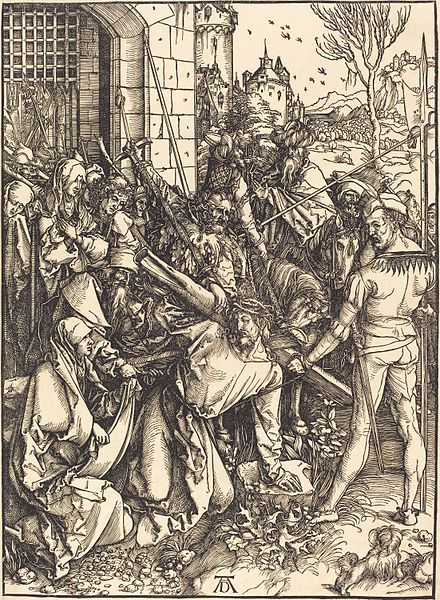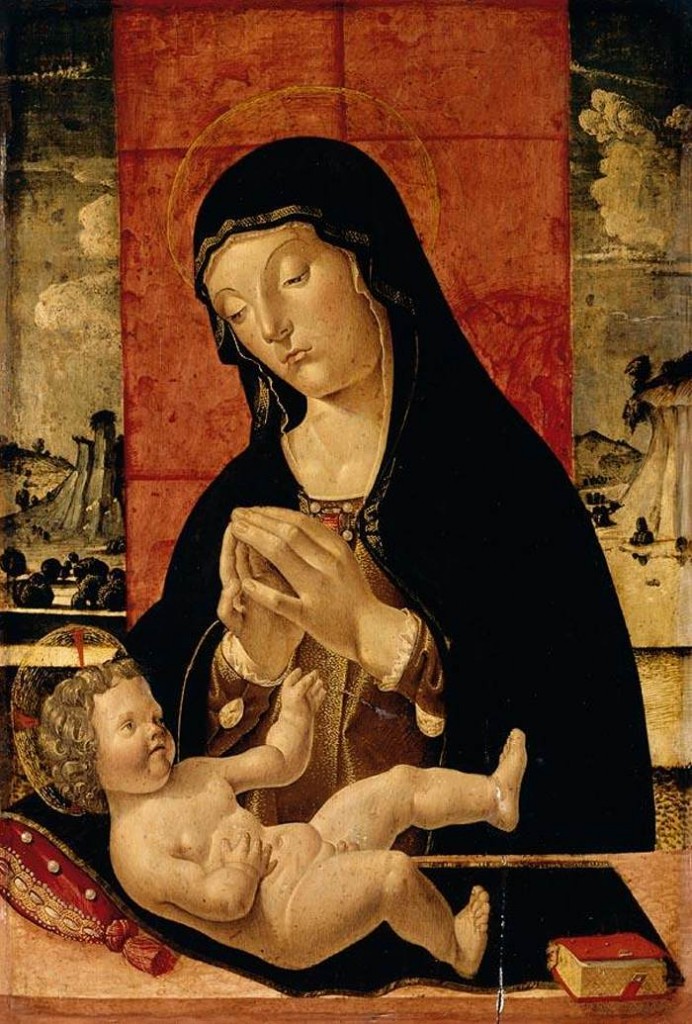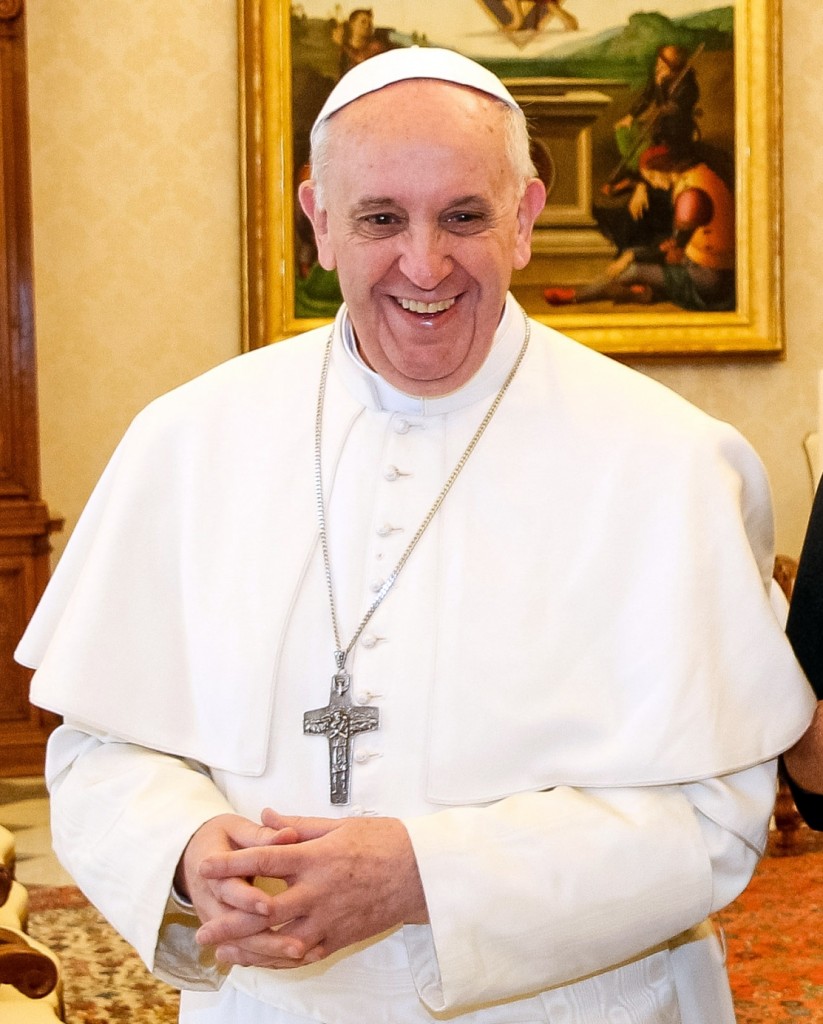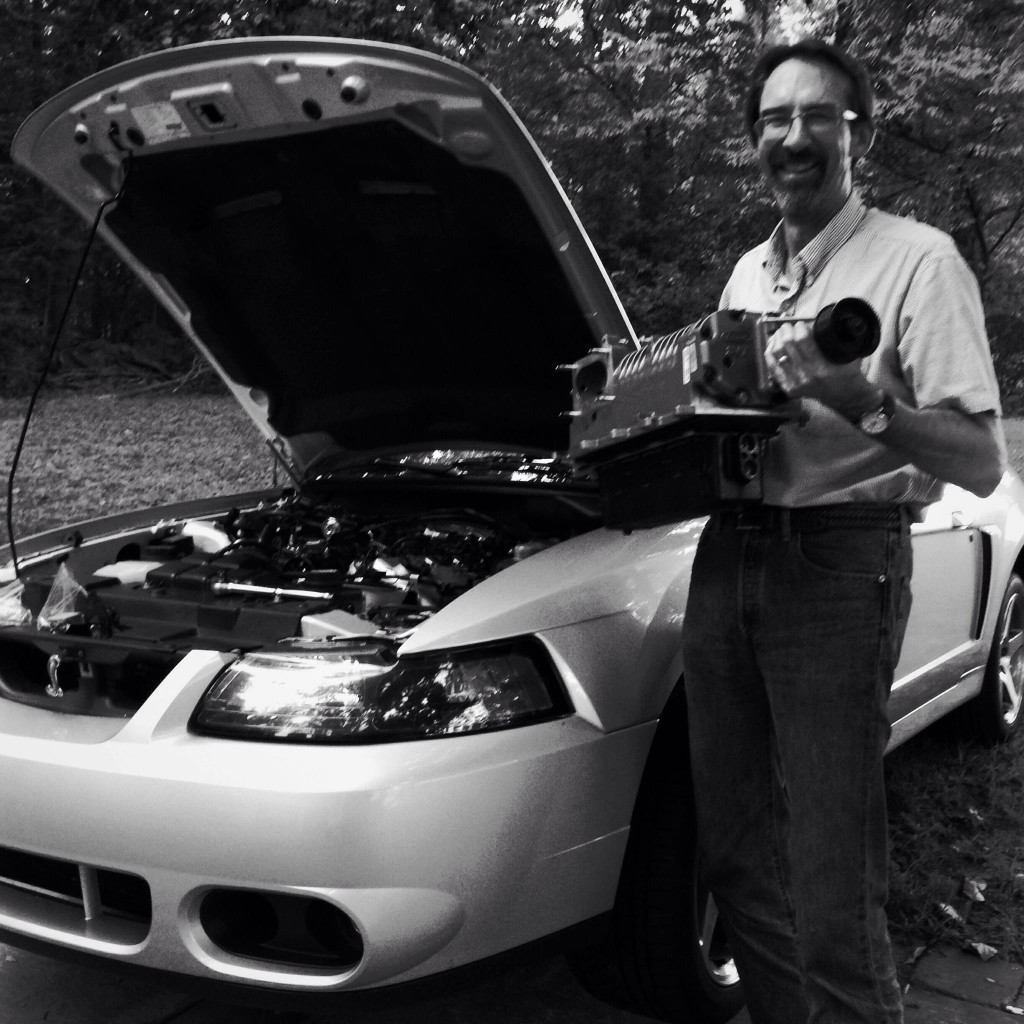 Today my heart is heavy. I was daunted to discover over the weekend what happens when parents are too busy, too distracted, too “successful” to bother rearing their children. The details are immaterial, but the consequences are clear: some children whom I have known since they were in diapers have lost their innocence far too soon.
Today my heart is heavy. I was daunted to discover over the weekend what happens when parents are too busy, too distracted, too “successful” to bother rearing their children. The details are immaterial, but the consequences are clear: some children whom I have known since they were in diapers have lost their innocence far too soon.
I cling to my faith. After hearing Sunday’s homily about Saint Thomas the Apostle, I was planning to write about how Thomas’s doubt reminds us that faithful people doubt. It does. But now I see Thomas more deeply. When most of us think of St. Thomas the Apostle, we think of “doubting Thomas,” the one apostle who needed to see and feel Christ’s nail wounds to believe in the Resurrection.
I realize Thomas must have been one of the most loyal of Christ’s disciples. So anguished was he over the loss of his leader, he needed a concrete example of that “good news” in order to believe that God, in His infinite mercy, had resurrected his friend and thus given all of humanity the possibility of eternal life. He needed to believe in transcendent goodness. So do I. Perhaps Thomas, like me, was feeling weary of a world that sometimes seems beyond miracles.
Who was Thomas? We know he was a Jew, perhaps a builder or fisherman, who became a brave and loyal follower of Christ, both during Our Savior’s earthly life and after.
When Jesus announced that he was heading to Judea to visit his sick friend, Lazarus, Thomas admonished his fellow disciples to join Jesus on the dangerous journey. The other disciples were fearful of the risk for both Jesus and themselves. But Thomas prevailed: “Let us also go that we may die with him.” Ultimately, the journey of Jesus to Judea and his raising Lazarus from the dead precipitated the Sanhedrin’s decision to crucify Him.
Thomas demonstrates his intense devotion once again at the Last Supper. Jesus tells his disciples he is leaving them soon for his Father’s house. Thomas raises an objection: “Master, we do not know where you are going; how can we know the way?” Jesus’ response gives us a perfect encapsulation of Christian faith: “I am the way and the truth and the life. No one comes to the Father except through me. If you know me, then you will also know my Father. From now on you do know him and have seen him.”
 After Christ’s death and resurrection, tradition tells us that Thomas spent the rest of his life preaching the good news of salvation. He traveled far from home, farther perhaps than any other apostle, on this mission. He set up seven churches in southern India, beginning in A.D. 52. Legend says he carved a cross with his fingernails, a cross that bled for a century. St. Thomas was speared to death 20 years later in Mylapore.
After Christ’s death and resurrection, tradition tells us that Thomas spent the rest of his life preaching the good news of salvation. He traveled far from home, farther perhaps than any other apostle, on this mission. He set up seven churches in southern India, beginning in A.D. 52. Legend says he carved a cross with his fingernails, a cross that bled for a century. St. Thomas was speared to death 20 years later in Mylapore.
To this day in southwestern India, Roman Catholic and Eastern Orthodox believers call themselves Saint Thomas Christians, tracing their faith to Thomas’ first century missions. What a stunning legacy. In 1986, Pope John Paul II visited the San Thome Basilica, the site of Thomas’s tomb near the mountain and cave where he lived a spartan life as a preacher.
Nearly 2,000 years after the apostle’s death and more than 8,000 miles away, what can Thomas’s life teach me about the struggle to keep my faith in a secular culture that seems indifferent to whether its children are cultivating sin?




